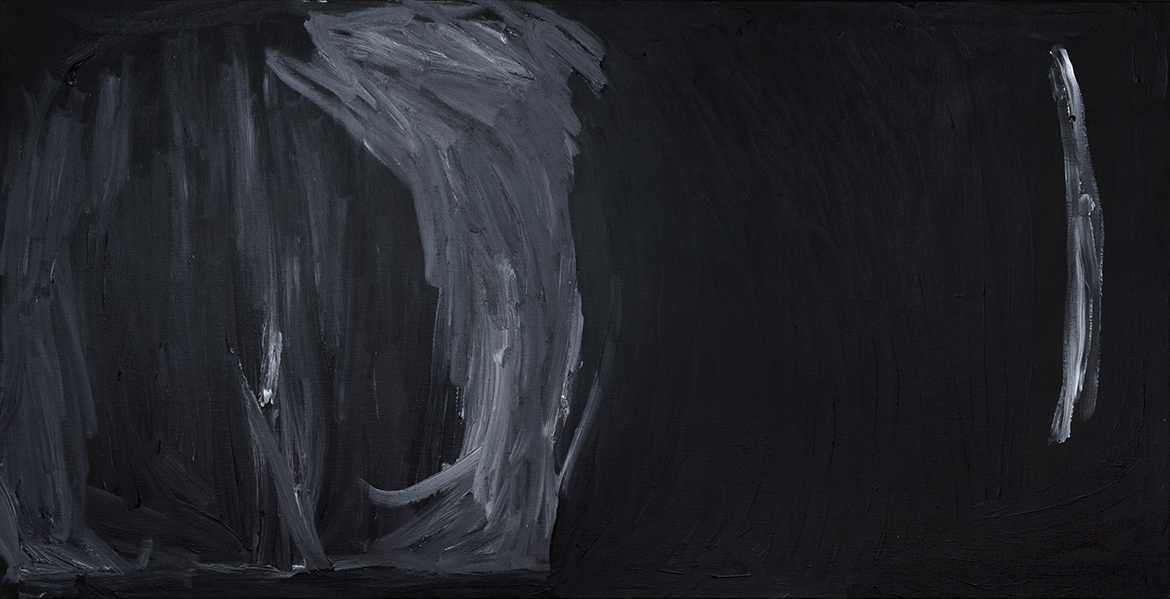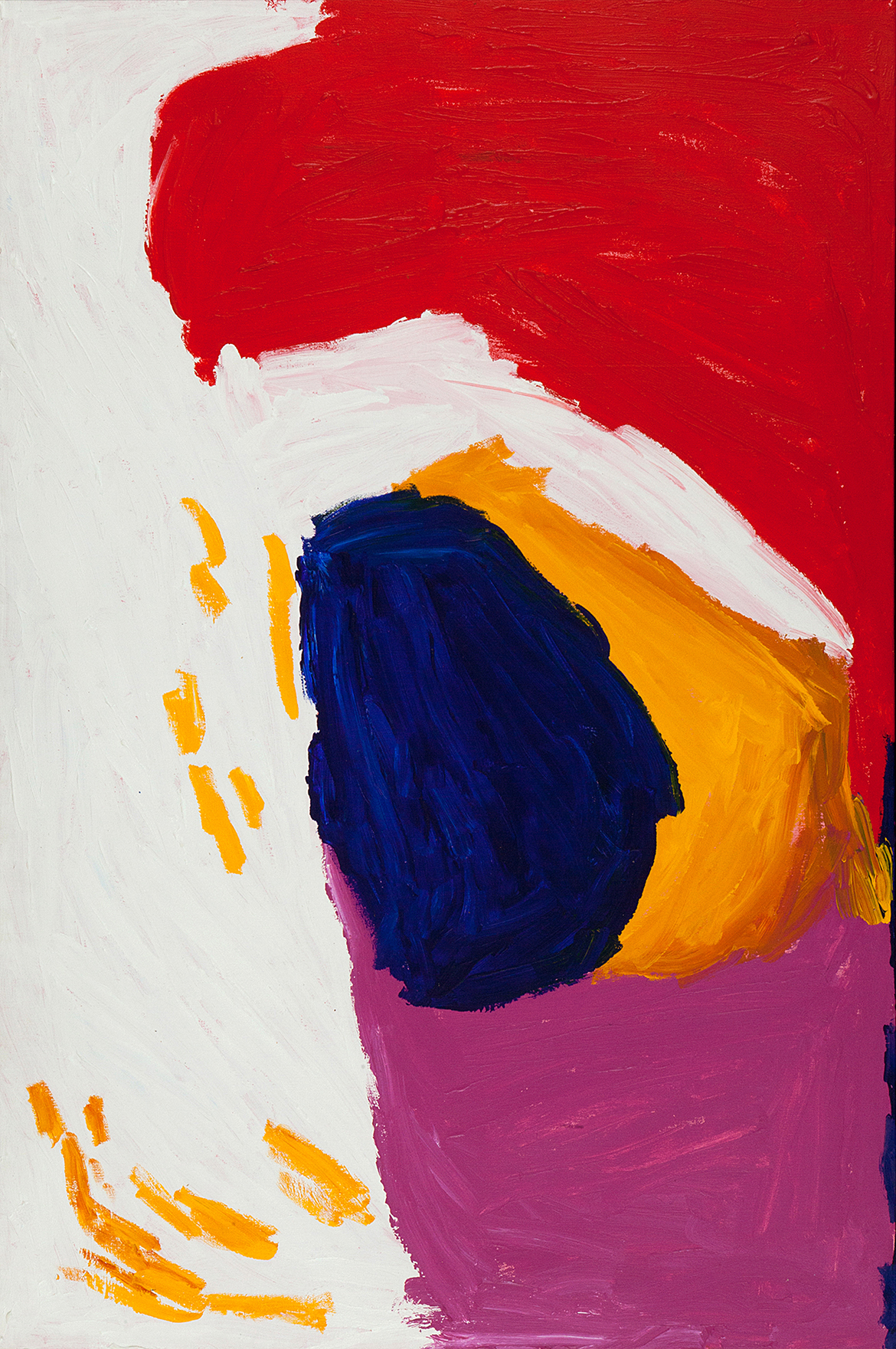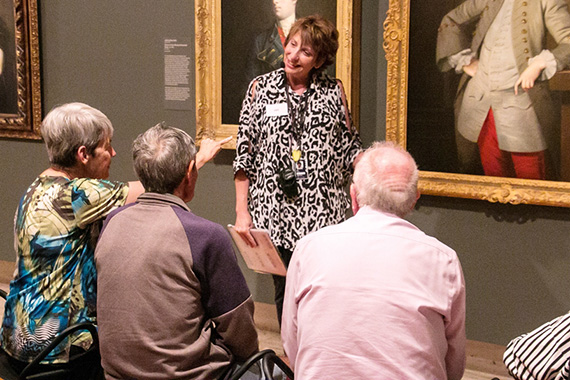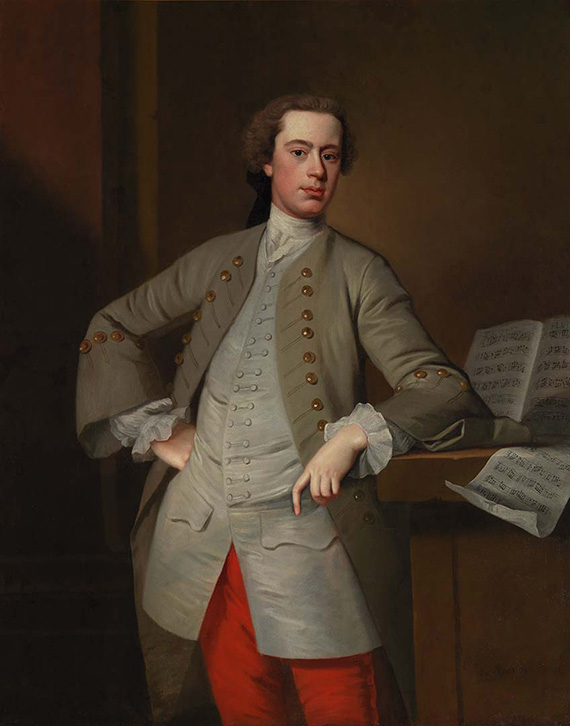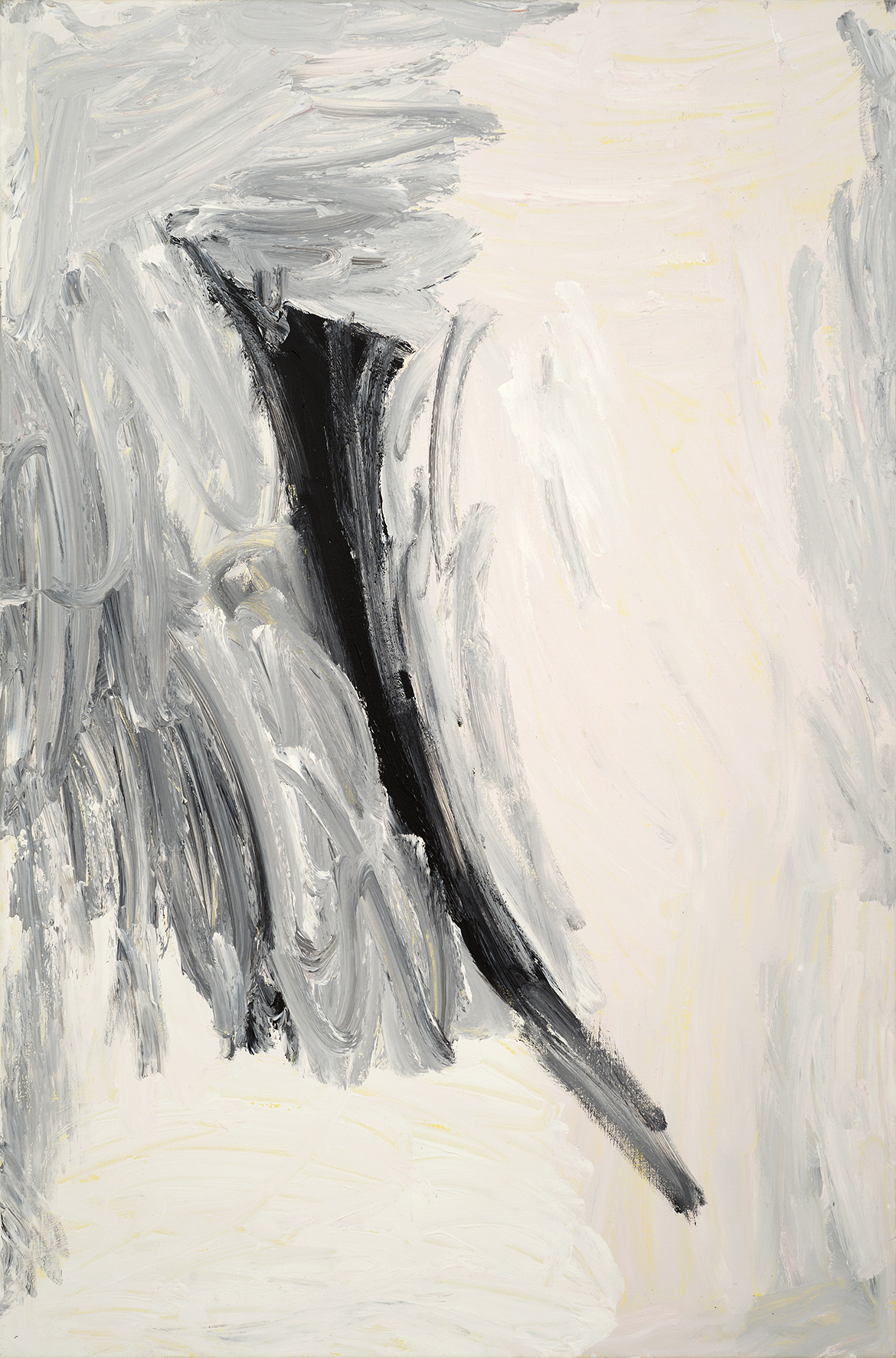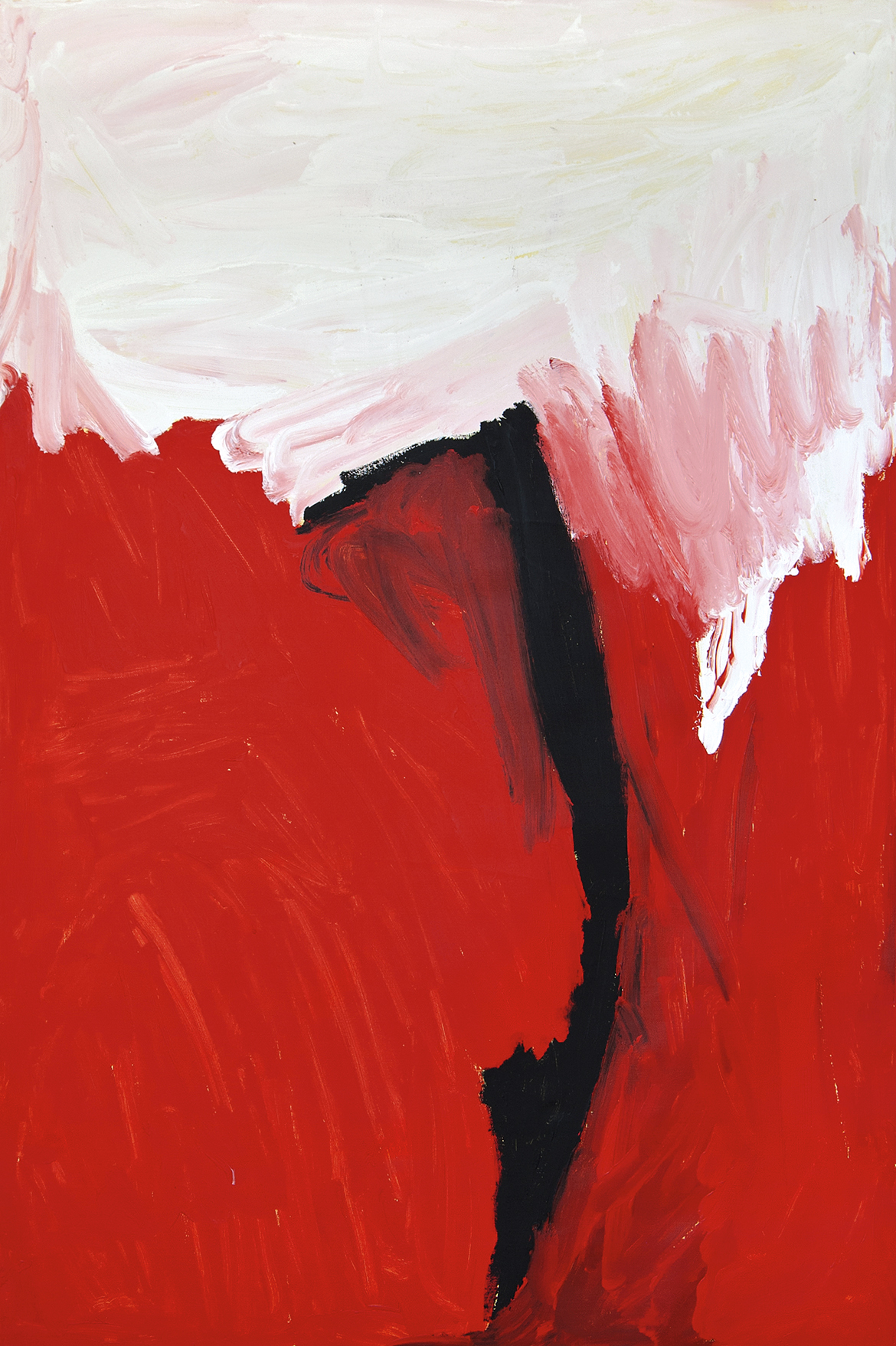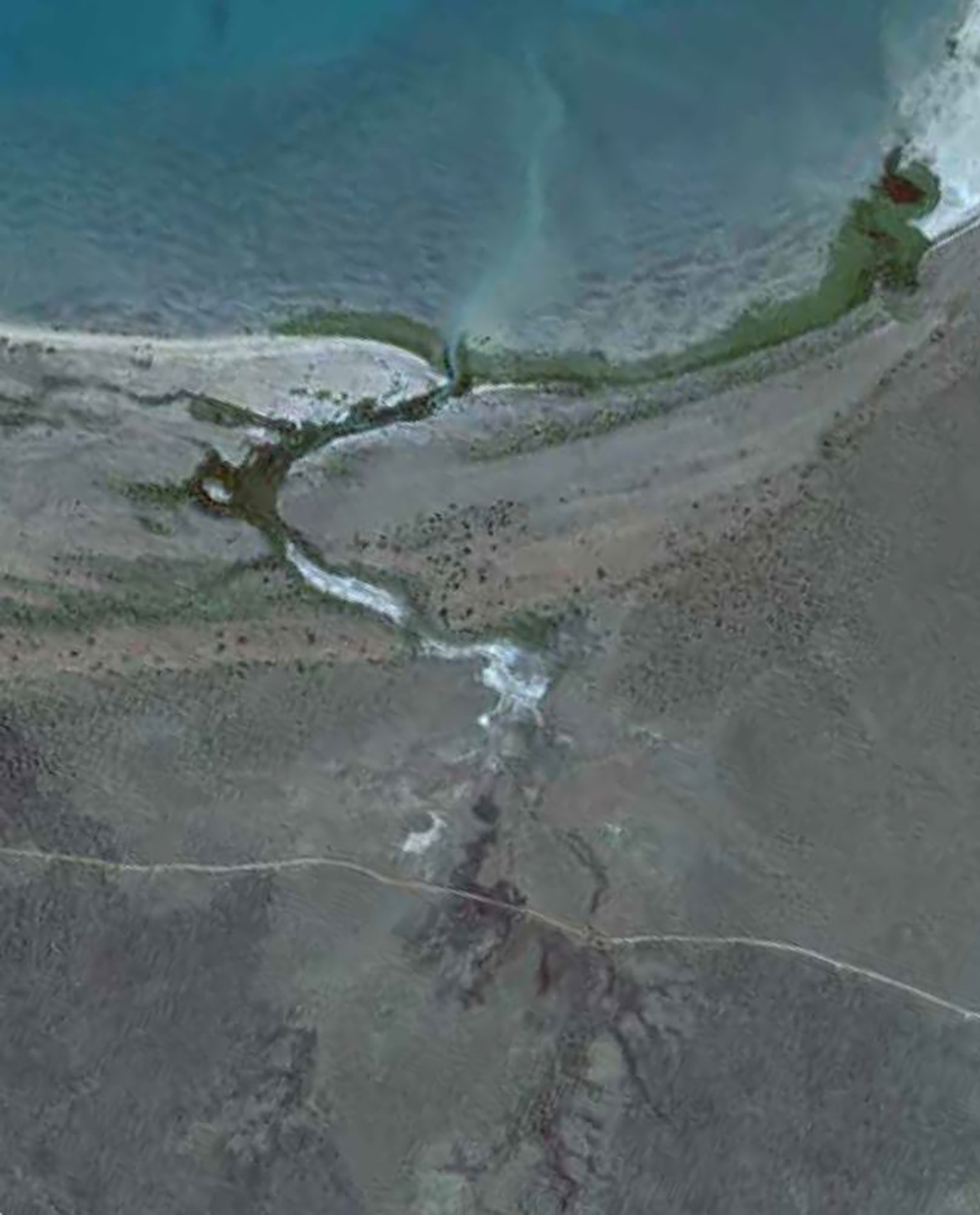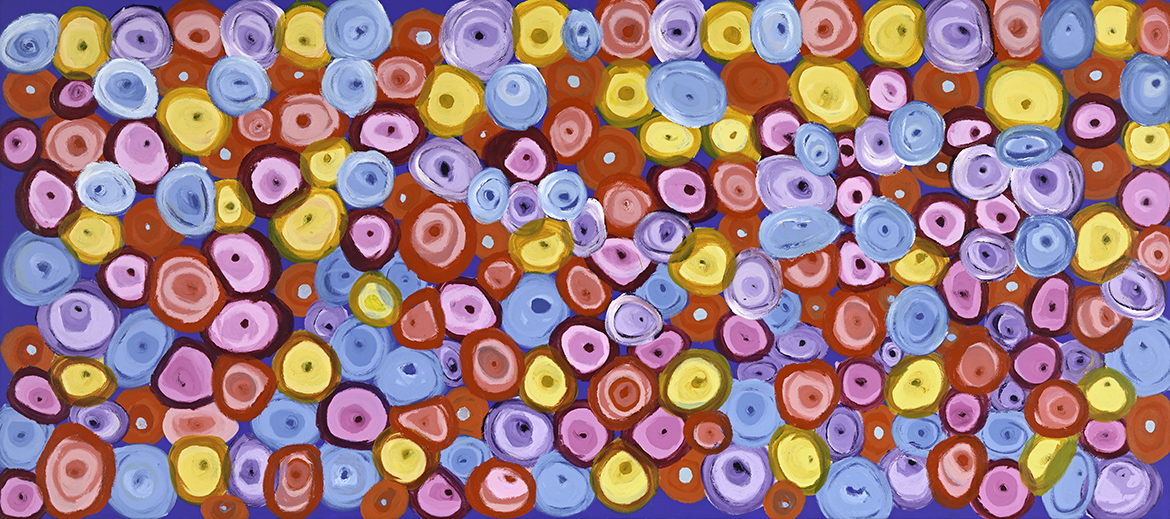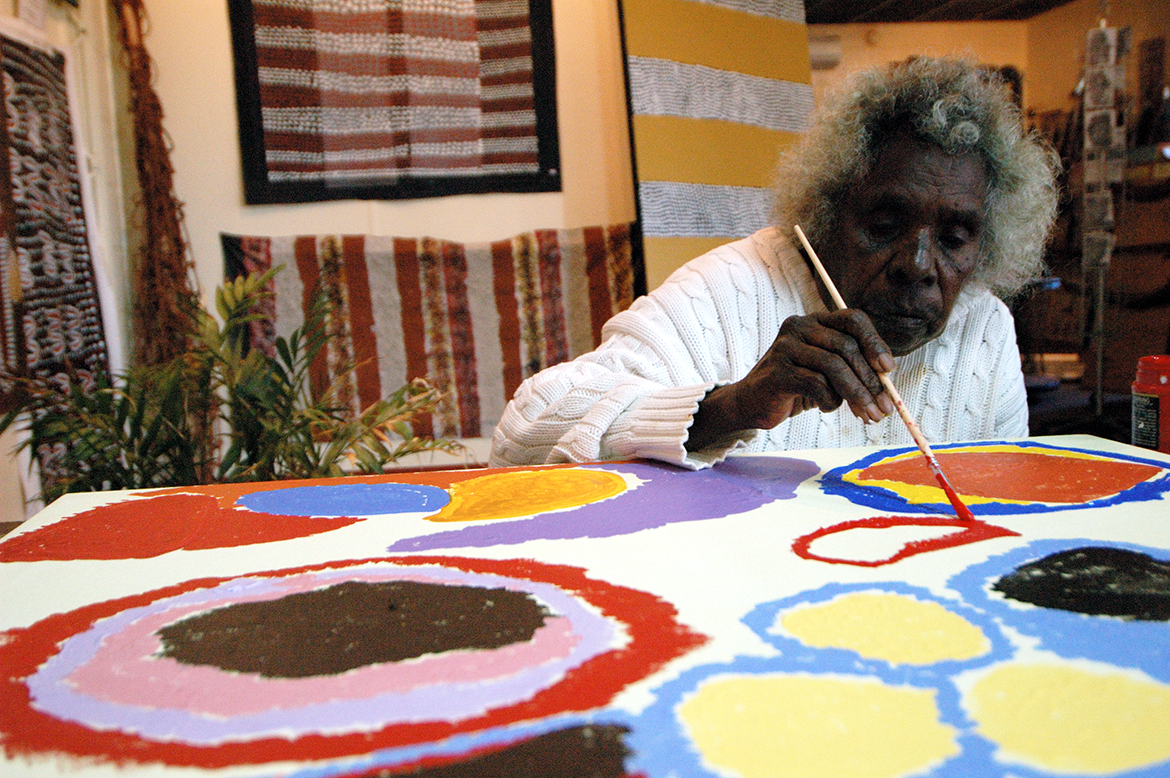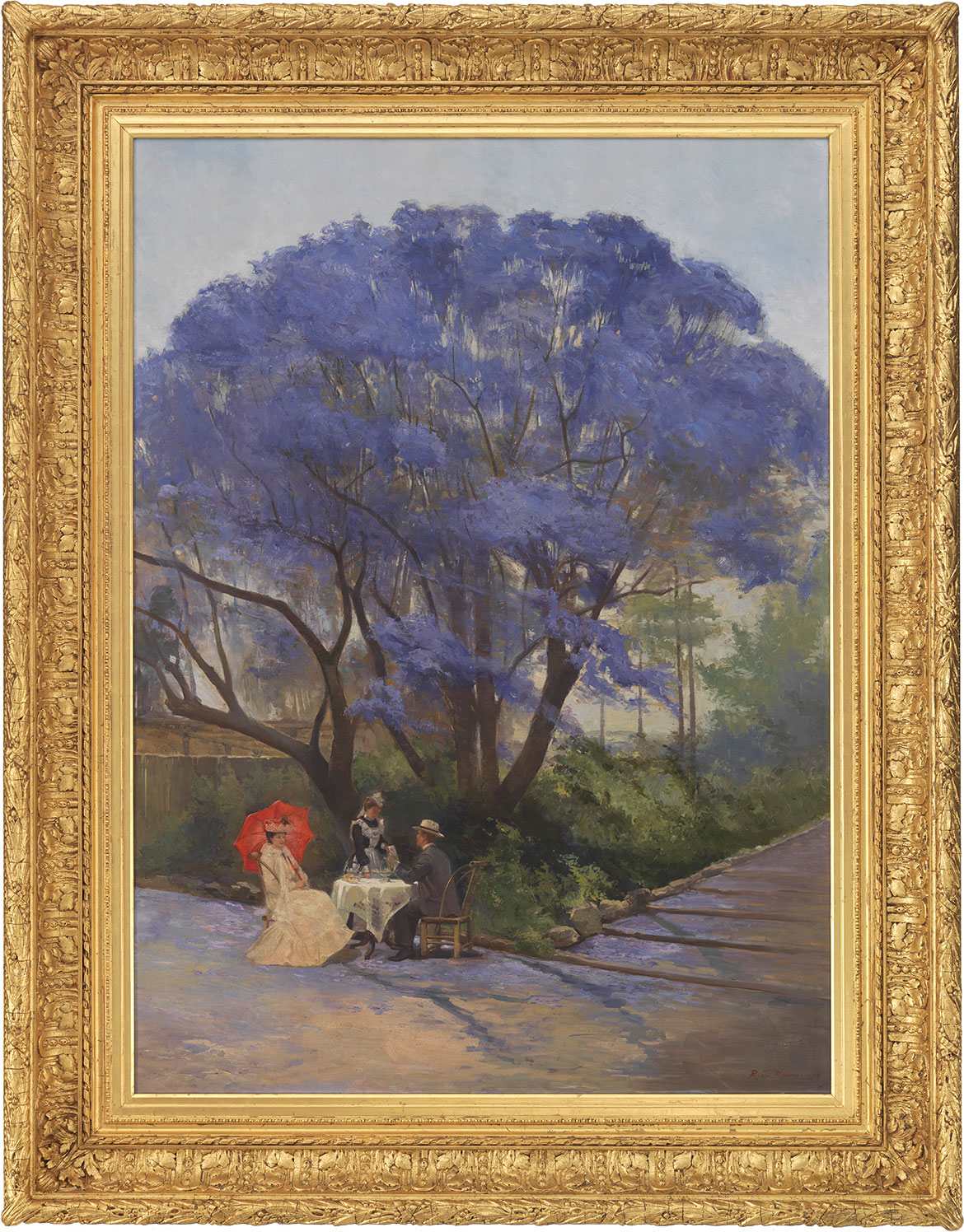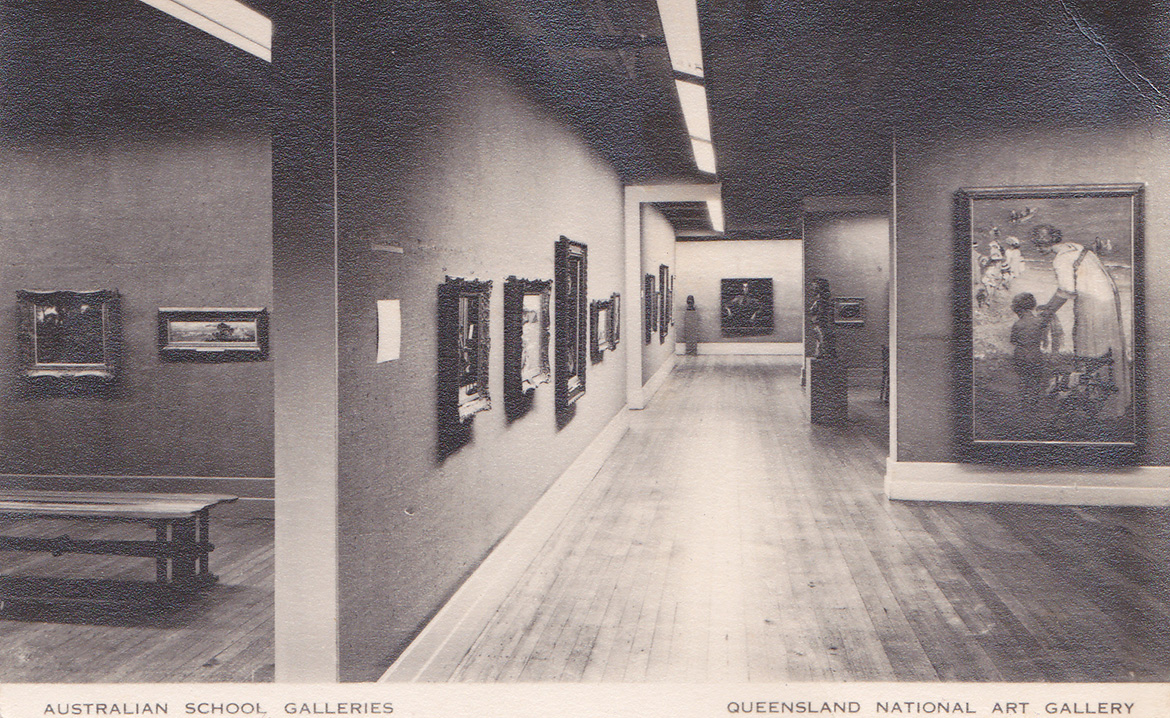Nyinyilki sits on the south-eastern coast of Bentinck Island and is home to a large permanent freshwater lagoon. Following the Kaiadilt Land Rights battles, an outstation was established there and is often referred to as ‘Main Base’ or ‘Main Camp’. Mirdidingkingathi Juwarnda Sally Gabori and the group of senior women whom she lived and worked with would return to Nyinyilki whenever possible during the dry season and to Mornington Island during the wet season due to a lack of infrastructure and resources. Many Kaiadilt know the settlement by the colloquial name ‘the old ladies’ camp’.
‘Nyinyilki or main base is where we built the outstation when we got our land back. That is why we call it main base as well’ Mirdidingkingathi Juwarnda Sally Gabori

A large shallow bay joins this stretch of coast to Barthayi (Fowler Island) in the south, and to the east a long rocky spit creates safe water where dugongs proliferate. The beach extends west to Mirdidingki, Sally’s birthplace, and Kabararrji, where her husband Kabararrjingathi Bulthuku Pat Gabori was born.
DELVE DEEPER: The life and art of Sally Gabori
Sally Gabori’s paintings of Nyinyilki are energised with memories of people and places from this area and have personal, familial, cultural and political importance. They often reference the rectangular freshwater lagoon fringed by jungle; the semi-circular rock-walled fish trap near the settlement; the cliffs to the west; sandbars that enable travel between Bentinck Island and Barthayi at low tide; and trails and tracks left by dugongs when feeding in the bay.

Acknowledgment of Country
The Queensland Art Gallery | Gallery of Modern Art acknowledges the Traditional Owners of the land on which the Gallery stands in Brisbane. We pay respect to Aboriginal and Torres Strait Islander Elders past and present and, in the spirit of reconciliation, acknowledge the immense creative contribution First Australians make to the art and culture of this country.
It is customary in many Indigenous communities not to mention the name or reproduce photographs of the deceased. All such mentions and photographs on the QAGOMA Blog are with permission, however, care and discretion should be exercised.
#QAGOMA

